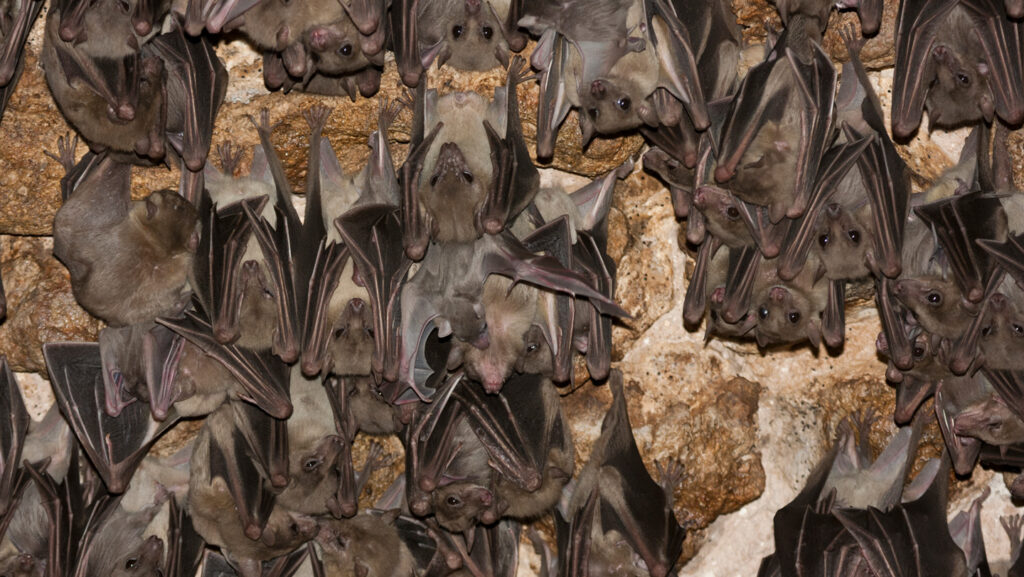Sometimes even bats need a sick day.
Bats are renowned for the ability to be infected with viruses that can be deadly to people without showing signs of the diseases themselves. Ebola virus, Nipah virus and coronaviruses, including relatives of the one that causes COVID-19, are just some of the pathogens linked to certain kinds of bats.
But this bat superpower has its limits. An analysis of bat infections shows that the flying mammals don’t broadly stave off disease. Various bats can fall severely ill when infected with some viruses, including ones that rarely kill people, researchers report September 1 at bioRxiv.org. Bats seem to be on par with rodents — another carrier of lethal human pathogens — in their ability to tolerate viral infections.
The team says this has implications for experts studying how the critters keep infections under control, laying the groundwork for antivirals to treat people.
Scientists have long focused on bats as a potential source of new pathogens that might spark human outbreaks. But some papers about bats and viruses might say that “bats are special because they don’t get sick from viral infections,” says biologist Maxwell Farrell, “without a citation.” He and colleagues at the University of Glasgow in Scotland dug through more than 100 studies published between 1936 and 2022 to see if available evidence backed up the claim.
The team’s dataset included experimental infections of more than 5,600 bats and rodents, each with one of 54 viruses. Statistical analyses showed no clear difference in disease severity or mortality among bats compared with rodents. This research has not yet been peer-reviewed.
For instance, Egyptian fruit bats (Rousettus aegyptiacus) exposed to Marburg virus — which these bats can carry in nature — did not become severely ill. Other germs such as West Nile virus were lethal in other bat species. The findings suggest that bats may have special tolerance for viruses that they have long evolutionary relationships with, but not others.
Bat-inspired drugs that could treat even a narrow set of viruses would be “extremely useful,” Farrell says. For instance, bat immune systems could spark ideas for “therapeutics for viruses that we might be worried about emerging in the future.”
Researchers studying bat immune systems for antiviral drug inspiration typically do focus on specific viruses in the bat species that carry them, says Arinjay Banerjee, a virologist at with the Vaccine and Infectious Disease Organization at the University of Saskatchewan in Saskatoon, Canada who was not involved with the study. Some people might “have this perception that bats are somehow mysterious, godly animals that never get sick,” Banerjee says. “But that is absolutely not true.”
One issue is that for many pathogens, criteria for defining illness don’t exist for bats. People might complain about symptoms like stomach cramps, but bats can’t, Banerjee says. “It’s not going to be able to tell us that ‘Oh, I just feel this general malaise. I don’t want to get out of bed or I don’t want to fly today.’”
The study was also limited to what scientists have studied in the past, and not all viruses have been tested in bats or rodents or even other animals, Farrell says. Biosafety concerns can make it difficult to infect these animals with potentially deadly viruses, so “we may never get a perfect picture,” Farrell says. But expanding the viruses and animals used in such experimental infections could highlight different ways that other animals tolerate viruses.
Read the full article here


